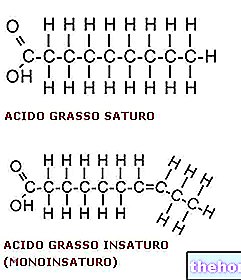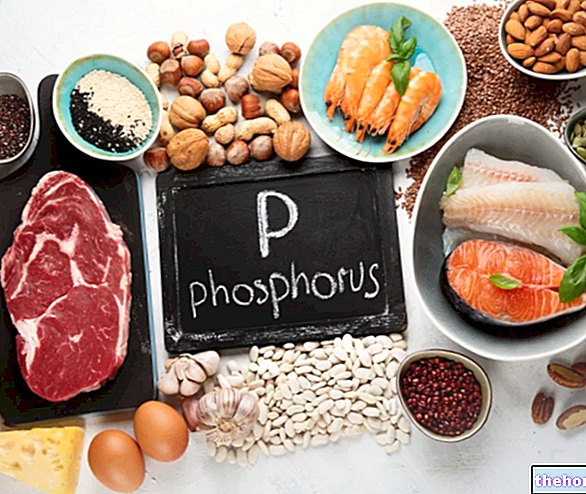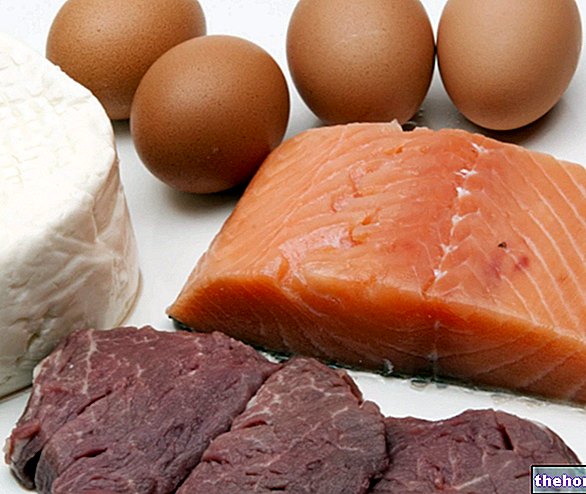
And again, fructose has a very low glycemic index (GI = 20) but 50 g of fructose causes a higher glycemic increase than 10 g of sugar (GI = 66).
A trivial example that makes the idea of the difference between index and glycemic load is that of lead and brick.
At the same weight, lead is much heavier than brick (higher specific weight), however, if by misfortune a sinker or a brick were to fall on your head, which of the two would be less painful?
high glycemic load increases the risk of developing type 2 diabetes and many other pathological phenomena.
Conversely, FOODS WITH A LOW GLYCEMIC LOAD CAN PREVENT OBESITY, DIABETES, RESISTANCE TO INSULIN, AND THE APPEARANCE OF HYPOGLYCAEMIA.
The intake of foods with a high glycemic index and load causes a sharp increase in the concentration of glucose in the blood. Since the glycaemia must remain within a constant range of values (between 70 and 120 mg / dl), the glycemic peak is followed by a rapid release of insulin. This hormone produced by the pancreas facilitates the passage of glucose from the bloodstream to tissue cells, influencing their metabolism. However, cells are unable to metabolize large quantities of glucose quickly; for this reason, excess sugars are deposited in the form of carbohydrate (glycogen) or lipid (increase in adipose tissue) reserves.
The harmful effects of a "diet rich in carbohydrates with a high glycemic index do not end there. An excess of insulin causes a sharp drop in blood sugar (reactive hypoglycemia). Since this parameter MUST remain constant to meet the energy needs of the various organs (in particular of the brain), this sudden decrease is interpreted as a stress signal.The hypothalamic centers capture the need for sugar and process a series of signals that stimulate the sense of hunger.
If the individual, taken by appetite, again takes foods with a high glycemic index and load, the process starts again from the beginning, entering a vicious circle that is very harmful to health and silhouette.




























